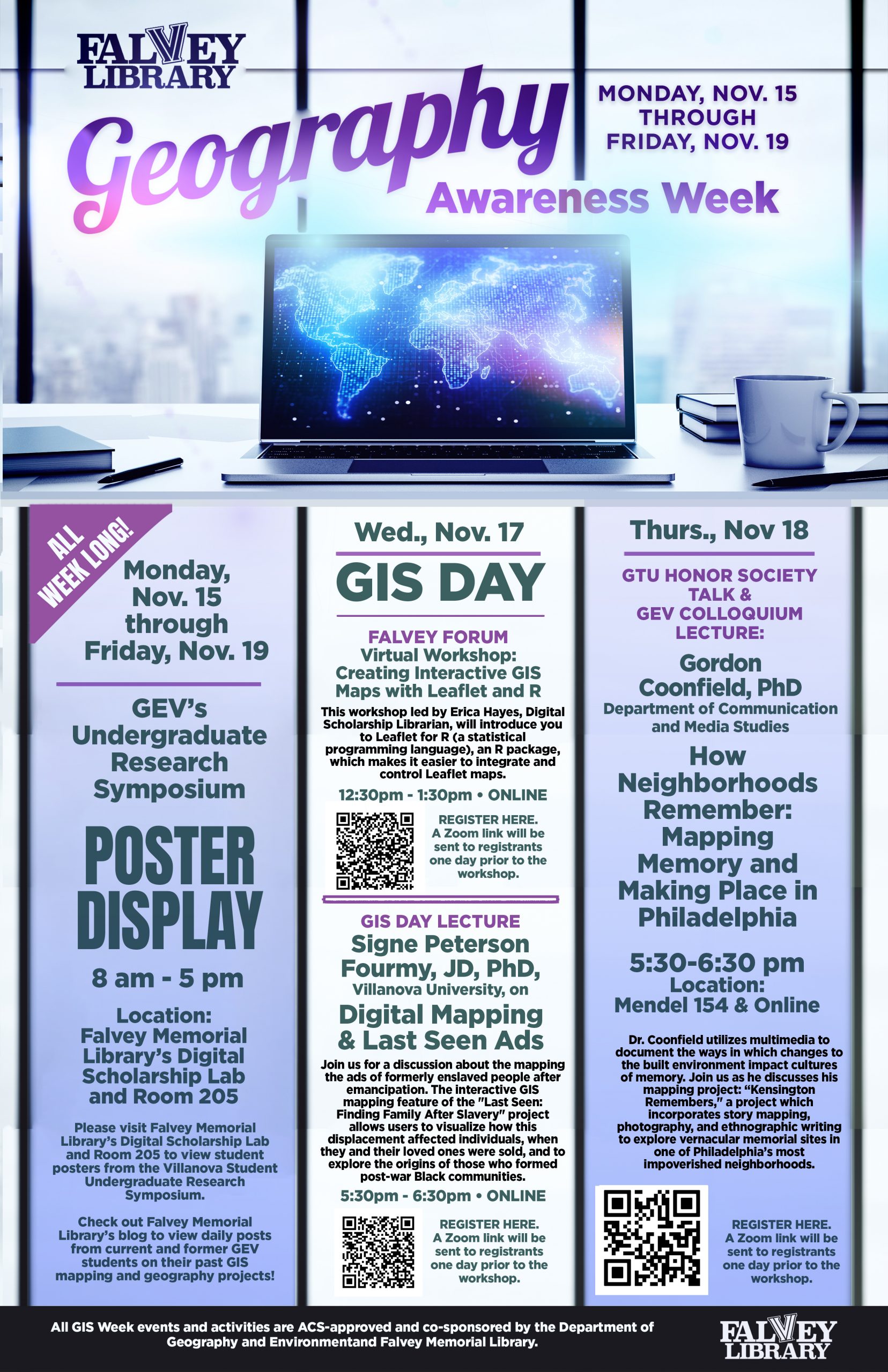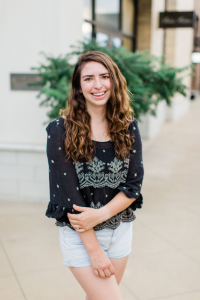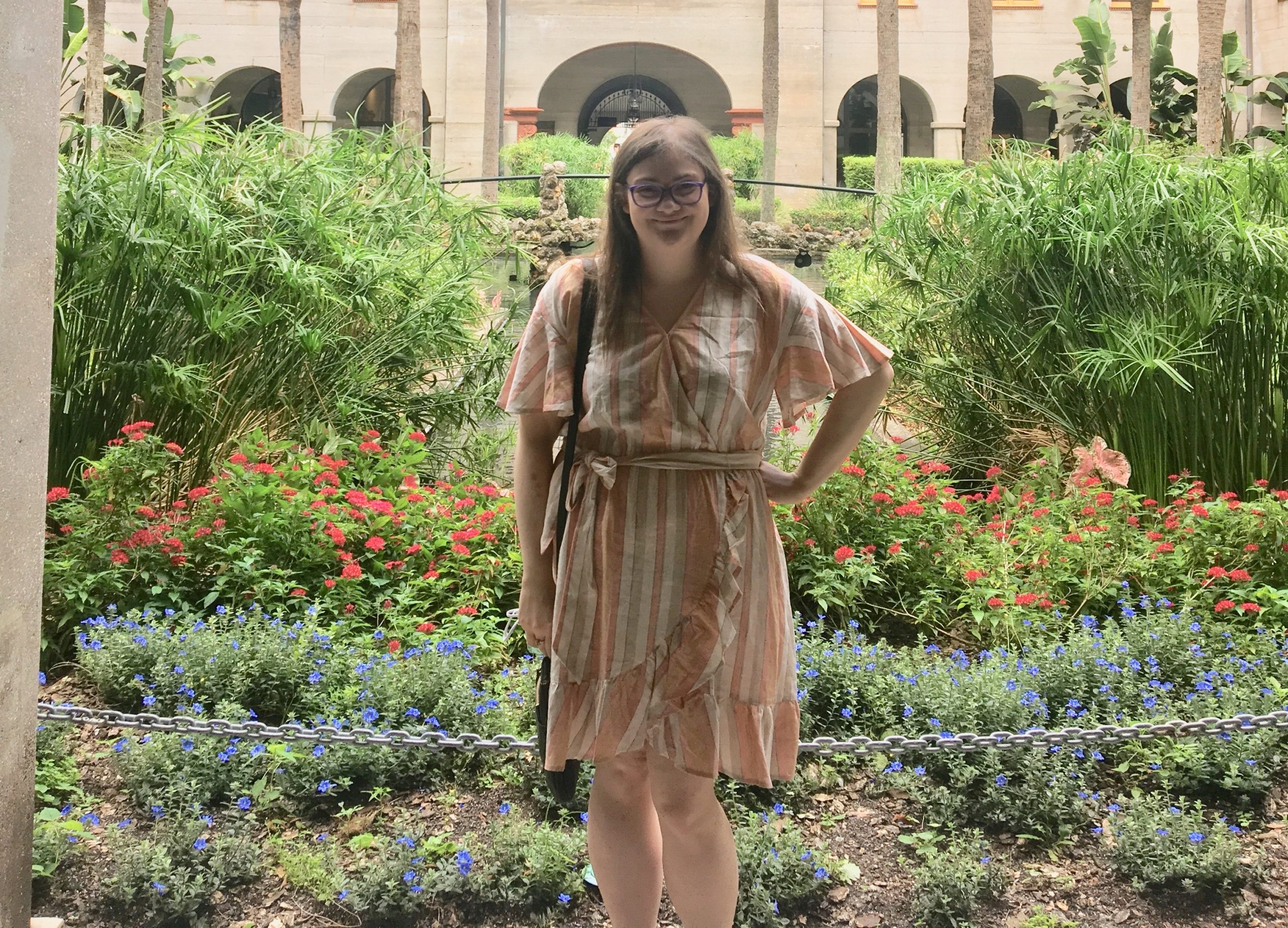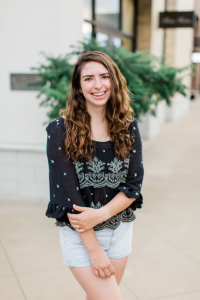Join Falvey Memorial Library for Geography Awareness Week Events

Geography Awareness Week begins Monday, Nov. 15. Established by a presidential proclamation more than 25 years ago, National Geographic created the annual public awareness program to demonstrate the importance of geography. From National Geographic: too many people are “unable to make effective decisions, understand geo-spatial issues, or even recognize their impacts as global citizens.” Aiming to raise awareness of these issues, more than 10,000 Americans participate in Geography Awareness Week (Nov. 15—Friday, Nov. 19) annually. Join Falvey Memorial Library, the Department of Geography and the Environment, the Department of History, and Gamma Theta Upsilon (GTU) for these Geography Awareness Week events:
Undergraduate Research Symposium Poster Display (Monday, Nov. 15–Friday, Nov. 19)
Falvey Memorial Library’s Digital Scholarship Lab and Room 205; 8 a.m.–5 p.m.
Please visit Falvey Memorial Library’s Digital Scholarship Lab and Room 205 to view student posters from the Villanova Student Undergraduate Research Symposium. Check out Falvey Memorial Library’s blog to view daily posts from current and former GEV students on their past GIS mapping and geography projects!
Falvey Forum: Creating Interactive GIS Maps with Leaflet and R (Wednesday, Nov. 17)
Virtual Workshop; 12:30–1:30 p.m.
Join Erica Hayes, Digital Scholarship Librarian, on Wednesday, Nov. 17, 12:30–1:30 p.m. for a virtual workshop entitled “Creating Interactive GIS Maps with Leaflet and R.” You’ve likely used ArcGIS Online to display maps online, but have you considered using free and open-source tools for web mapping? Leaflet is one of the most popular open-source JavaScript libraries for creating interactive maps. Here’s an example Interactive Map Tracking Charges & Enforcement Related to Covid-19 created with Leaflet by two researchers in Canada. This workshop will introduce you to Leaflet for R (a statistical programming language), an R package, which makes it easier to integrate and control Leaflet maps.
REGISTER HERE. A Zoom link will be sent to registrants one day prior to the workshop.
GIS Day Lecture: Signe Peterson Fourmy, JD, PhD, Villanova University, on “Digital Mapping & Last Seen Ads” (Wednesday, Nov. 17)
Virtual Workshop; 5:30–6:30 p.m.
Please join us virtually on Wednesday Nov. 17, 5:30–6:30 p.m. as Signe Peterson Fourmy, JD, PhD, Director of Research and Analysis of the “Last Seen: Finding Family After Slavery” digital humanities project, will be discussing mapping the ads of formerly enslaved people after emancipation.
Formerly enslaved people placed thousands of “Last Seen” ads in newspapers after emancipation searching for family and friends. By mapping these ads, the “Last Seen: Finding Family After Slavery” project makes visible the forced dislocations that not only reflect the personal loss and trauma of slavery but also the geographic impact of the Domestic Slave Trade and post-emancipation migration. This interactive GIS mapping feature of the project allows users to visualize how this displacement affected individuals, when they and their loved ones were sold, and to explore the origins of those who formed post-war Black communities.
Biography:
Signe Peterson Fourmy earned her JD from the University of Houston Law Center in 2001 and her PhD in History at the University of Texas at Austin in 2020. Currently, she serves as the Director of Research and Analysis at Villanova University for the digital humanities project, “Last Seen: Finding Family After Slavery.” She is also a lecturer in the Department of History at UT Austin.
GTU Honor Society Talk & GEV Colloquium Lecture: Gordon Coonfield, PhD, on “How Neighborhoods Remember: Mapping Memory and Making Place in Philadelphia” (Thursday, Nov. 18)
Mendel Science Center, Room 154 and Virtual Livestream; 5:30–6:30 p.m.
Join us on Thursday, Nov. 18, 5:30–6:30 p.m. in Mendel Room 154 or register virtually as Gordon Coonfield, PhD, Department of Communication and Media Studies will be discussing his mapping project: Kensington Remembers.
Biography:
Gordon Coonfield, PhD, Associate Professor of Communication at Villanova, utilizes multimedia to document the ways in which changes to the built environment impact cultures of memory. His Kensington Remembers project incorporates story mapping, photography, and ethnographic writing to explore vernacular memorial sites in one of Philadelphia’s most impoverished neighborhoods.
 Kallie Stahl ’17 MA is Communication and Marketing Specialist at Falvey Memorial Library.
Kallie Stahl ’17 MA is Communication and Marketing Specialist at Falvey Memorial Library.
 Villanova University faculty, students, and staff now have electronic access to all volumes in the acclaimed
Villanova University faculty, students, and staff now have electronic access to all volumes in the acclaimed  Jutta Seibert is Director of Research Services & Scholarly Engagement at Falvey Memorial Library.
Jutta Seibert is Director of Research Services & Scholarly Engagement at Falvey Memorial Library.
 Jenna Renaud is a graduate student in the Communication Department and graduate assistant in Falvey Memorial Library.
Jenna Renaud is a graduate student in the Communication Department and graduate assistant in Falvey Memorial Library.
 Bloomsbury’s
Bloomsbury’s 
 Jenna Newman is a graduate assistant in Falvey Memorial Library and a graduate student in the Communication Department.
Jenna Newman is a graduate assistant in Falvey Memorial Library and a graduate student in the Communication Department.
 Jenna Newman is a graduate assistant in Falvey Memorial Library and a graduate student in the Communication Department. Current mood: Adding all the other McCourt memoirs into my Amazon cart.
Jenna Newman is a graduate assistant in Falvey Memorial Library and a graduate student in the Communication Department. Current mood: Adding all the other McCourt memoirs into my Amazon cart.